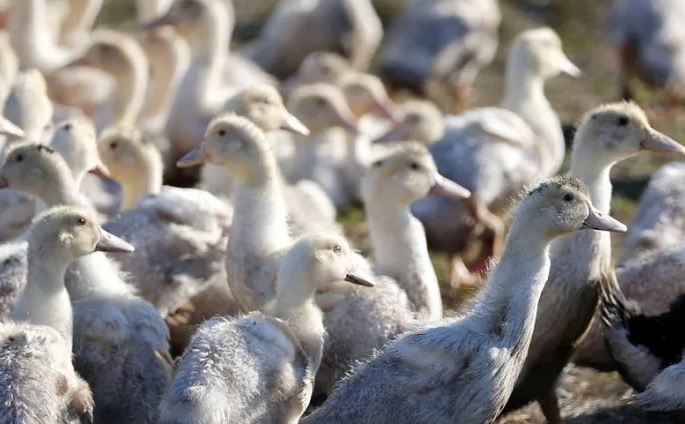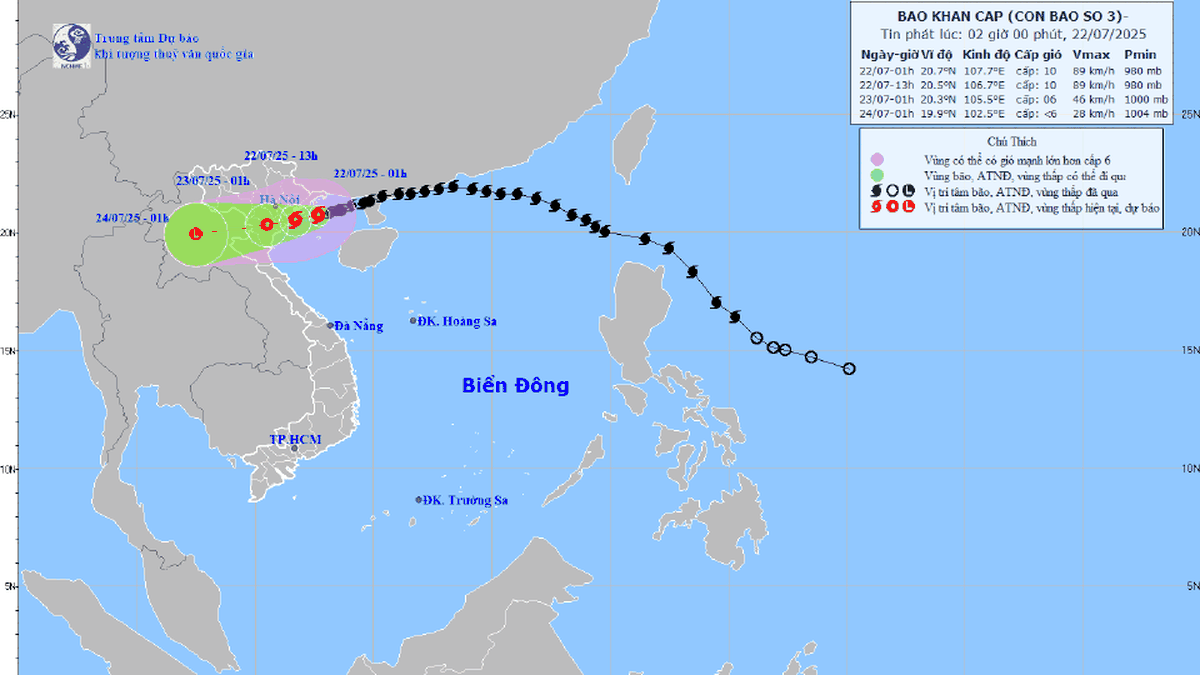According to Reuters, the bird flu virus mainly spreads among wild and domestic birds such as ducks, gulls, chickens and quail. Although the virus mainly affects animals, in rare cases, humans who come into close contact with birds can be infected.
A team of scientists from the MRC Centre for Virus Research, Glasgow, studied hundreds of genes normally found in human cells, comparing the behaviour of the genes during infection with seasonal human flu or avian flu viruses.
Avian influenza viruses spread mainly among wild and domestic birds such as ducks, gulls, chickens and quail. Photo: Reuters
They focused on a gene called BTN3A3, which is found in the upper and lower respiratory tracts of humans. This gene was found to block the replication of most strains of avian influenza in human cells. BTN3A3 appears to be a key factor in determining whether any given strain of avian influenza virus has the potential to cause a pandemic in humans.
However, the antiviral activity of this gene does not protect against seasonal influenza viruses. According to the researchers, all human influenza pandemics, including the global pandemic of 1918-1919, were caused by influenza viruses resistant to BTN3A3.
Viruses are naturally mutating, and this does not mean that avian influenza viruses cannot evolve to escape the activity of BTN3A3.
Earlier this year, a new strain of H5N1 bird flu that is easily transmitted among wild birds spread globally, infecting and killing many mammals, raising fears of a human pandemic. To date, only a handful of cases of bird flu virus transmission to humans have been documented by the World Health Organization (WHO).
Professor Massimo Palmarini, one of the study's authors, said that about 50% of H5N1 strains circulating globally by 2023 were resistant to BTN3A3. "This is the kind of thing we should pay special attention to because the risk is increasing," warned Sam Wilson, another co-author of the study.
According to VNA/Tin Tuc Newspaper
Source link





























![[Photo] National Assembly Chairman Tran Thanh Man visits Vietnamese Heroic Mother Ta Thi Tran](https://vphoto.vietnam.vn/thumb/1200x675/vietnam/resource/IMAGE/2025/7/20/765c0bd057dd44ad83ab89fe0255b783)









































































Comment (0)